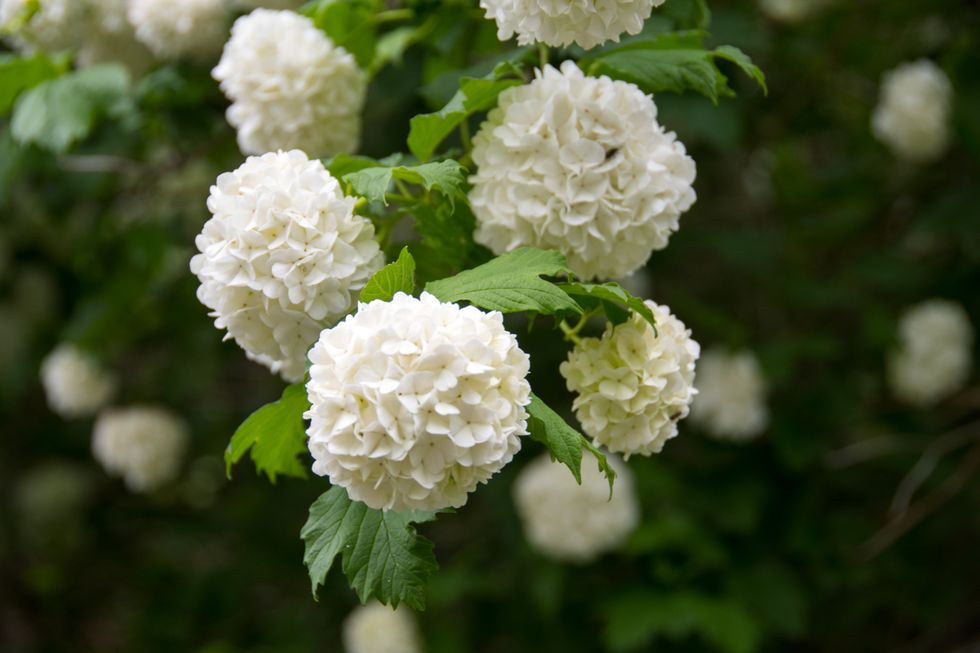Hydrangea mistake to avoid this October or gardener risk ‘no blooms at all’ next year

Pruning old wood hydrangeas could compromise their flowering cycle next spring
Don't Miss
Most Read
Proper pruning is crucial for hydrangeas, particularly varieties that bloom on old wood like macrophylla.
Pruning with the wrong technique at the wrong time can have dire consequences for the plant. Often, it leads to a disappointing season without blooms.
To ensure a successful blooming season, gardeners should be mindful of the varieties of hydrangeas they have in their garden.
Experts at Royal Horticultural Society explained: “Shrubby hydrangeas brighten borders in mid to late summer with their showy, but delicate, long-lasting flowers in shades of pink, white or blue.
 White hydrangeas rarely change colour | GETTY
White hydrangeas rarely change colour | GETTY“Many have attractive autumn colour and leaf shape.” The varieties of hydrangea that bloom on the previous year’s growth, also known as old wood hydrangeas, should never be cut back in autumn.
This will significantly reduce the number of blooms the hydrangea produces the following year, causing it to fail completely in some cases.
Hydrangea Kelly Elko shared on her blog: “You can’t prune old wood hydrangeas and expect them to bloom because they bloom on that old wood.
“Cutting them means it may take years for blooms to happen. Leave them alone and hopefully, they bloom - good luck!”
Speaking on behalf of the gardening site Savvy Gardeners, Jessica Walliser reiterated: “Pruning in the autumn could remove flower buds for next year, depending on which variety of hydrangea you’re growing.
“Pruning at the wrong time can result in reduced blooms or even no blooms at all.”
The setback can be particularly frustrating for gardeners eagerly anticipating vibrant displays from their hydrangea in spring.
Conversely, new wood varieties of hydrangea, so-called because they produce flowers on new wood, are the only varieties to cut back in fall.
LATEST DEVELOPMENTS
 Hydrangea requires hydration | GETTY
Hydrangea requires hydration | GETTYGardeners should be equally vigilant in keeping the base of the plant clear from debris and fallen leaves that could lead to infections.
The leaves decompose thanks to various organisms in the ecosystem, but they also provide a home for snails and slugs.
To prepare growing hydrangeas for the cold months ahead, gardeners are advised to add a fine bark mulch to the base of the plant.
They should remove the top inch of compost and replace it with the much to help maintain soil moisture.










